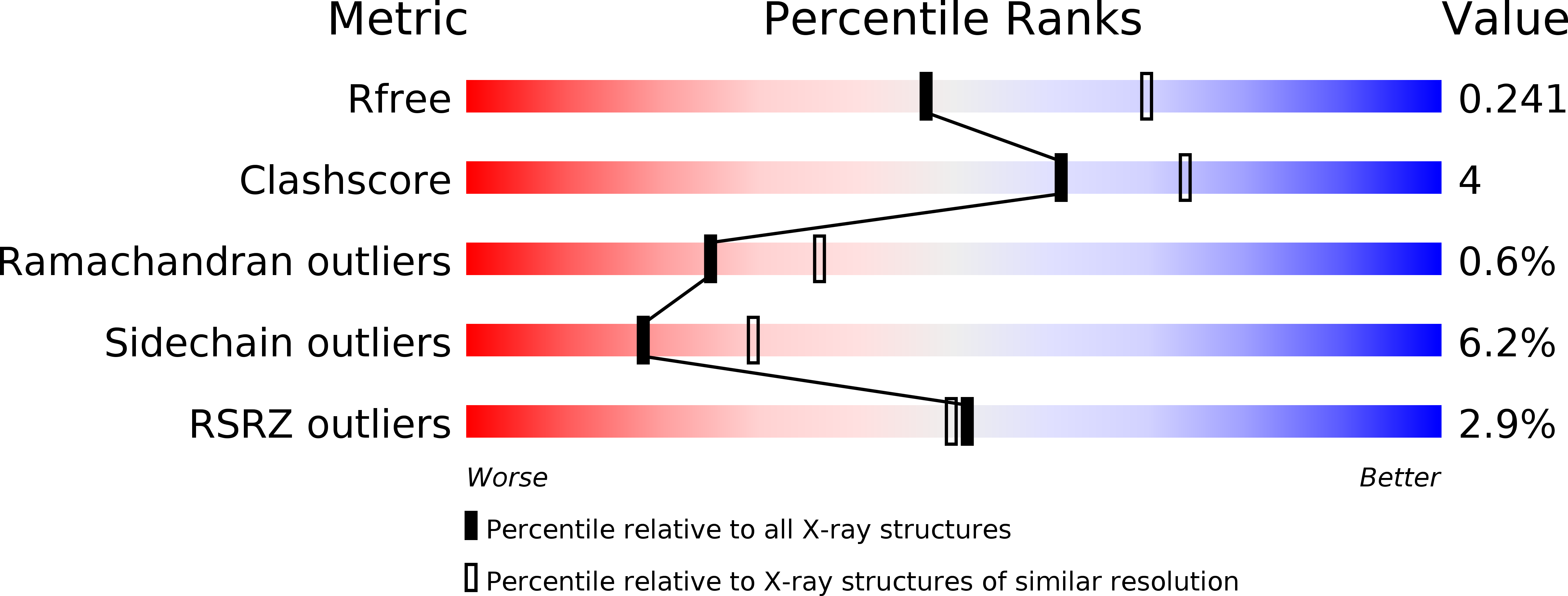
Deposition Date
2018-09-11
Release Date
2019-05-15
Last Version Date
2024-11-20
Method Details:
Experimental Method:
Resolution:
2.40 Å
R-Value Free:
0.23
R-Value Work:
0.19
R-Value Observed:
0.21
Space Group:
C 1 2 1


